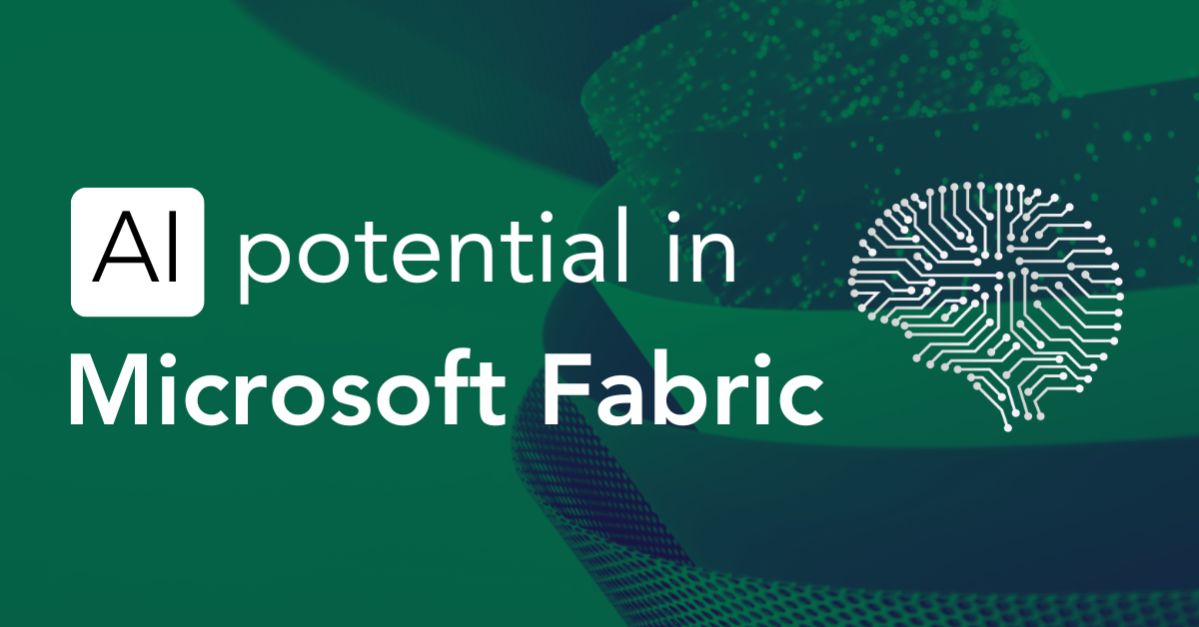
Over the past few months—especially in my previous role—I’ve noticed a clear trend at trade shows, events, and in conversations with customers: Microsoft Fabric generates a lot of excitement, but also plenty of questions.
Many organizations are curious but hesitate to make the leap from their trusted Azure data and analytics environment to this new all-in-one data platform. And honestly? That hesitation is often completely understandable.
This is perhaps the most common response: organizations have just gotten their Azure data stack in order. Power BI reports are running, the business is satisfied, and there's no real urgency to migrate.
I also often see that internal knowledge of Fabric is still limited. New concepts, new languages, new ways of working—it all requires time and investment, and that space isn’t always available.
Even when there is internal capacity to experiment, the learning curve can be steep. Initial enthusiasm sometimes gives way to frustration, and pilot projects stall.
Microsoft Fabric as the foundation for AI
The power of Microsoft Fabric lies not only in unifying data, analytics, and governance into a single platform. What truly sets it apart is its seamless integration with AI and machine learning.
Microsoft is investing heavily in AI innovation—and Fabric is at the heart of it all. Take, for example, the integration with Copilot, enabling AI-powered analysis and insights directly within your data environment. Or the ability to develop custom AI models, trained on your own trusted data.
Organizations that invest in an AI-ready platform today are creating a competitive edge.
Not just by automating repetitive tasks and increasing productivity, but more importantly, by enabling smarter predictions.
Whether it’s forecasting, demand planning, risk analysis, or churn prediction—AI is what turns reactive decision-making into proactive strategy.
Start small, dream big
You don’t need a fully trained AI model tomorrow—in fact, that’s simply not realistic.
Developing an AI model is an iterative process: you start with small, achievable steps, learn from your data and your organization along the way, and gradually build a model that truly adds value.
By starting now with a platform like Fabric, you're taking that first step.
You experiment, you learn—and within a year, you might already have your own AI model that genuinely drives your organization forward.
2025 is making one thing clear: AI is essential to stay relevant and competitive.
A worry-free start with Fabric
I understand that not every organization has a full data team ready to build Fabric from the ground up. And that’s exactly where Birds BI makes the difference.
With our end-to-end solution, users of Microsoft Dynamics ERP and CRM systems can be up and running in Fabric within days—gaining immediate insights in Power BI.
No custom-built architecture, no lengthy implementations—just a standardized, scalable solution that evolves alongside Microsoft’s roadmap.
With Birds BI as your foundation, you're ready to start working with AI right away. Together, we develop and train models that help your organization work more productively and make more accurate predictions.
This is how you turn data into a strategic advantage—without reinventing the wheel.
Conclusion
A strategic move toward an AI-driven future
Choosing Microsoft Fabric isn’t just a technical migration—it’s a strategic decision that positions your organization for a future where AI takes center stage.
Wait too long, and you risk falling behind. Take the step now, and you’ll be building an organization that’s ready for the challenges and opportunities of tomorrow.
The author
Pim van der Kwaak
I help organizations unlock their growth potential through data-driven insights and concrete, impactful solutions.




